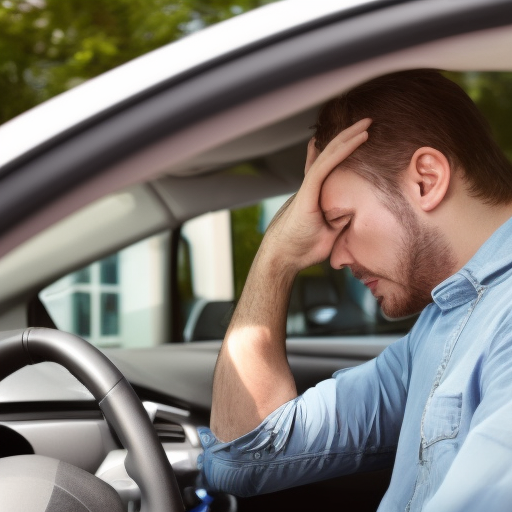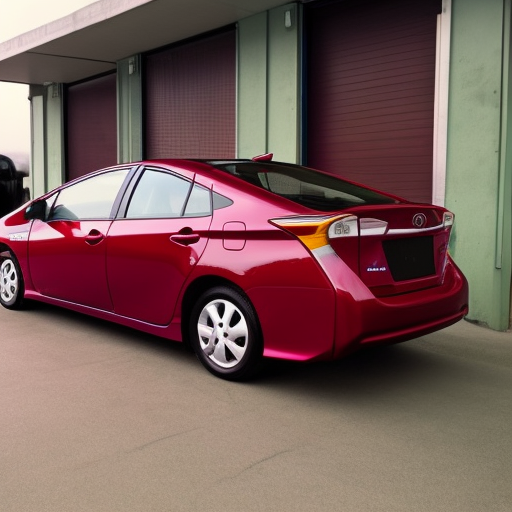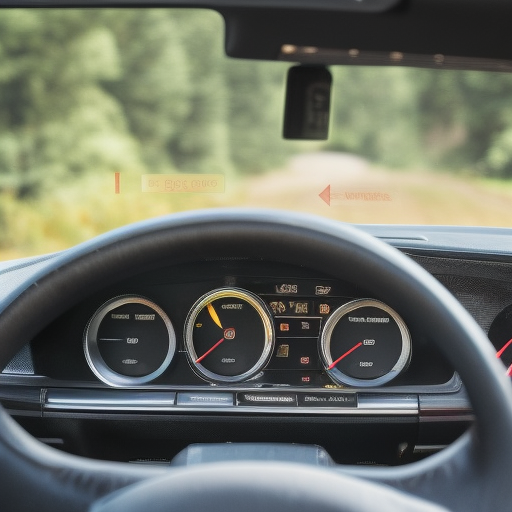Check engine light on after oil change
It’s a Wednesday evening and you’re driving home from work when you notice a strange light on your dashboard. You squint to get a closer look and realize it’s the check engine light. “Great,” you think to yourself, “just what I needed.” You can’t help but wonder what could be wrong with your car, especially since you just had an oil change a few days ago.
As you drive home, you start to panic. Is this going to be a costly repair? Will you have to take time off work to get it fixed? Will your car even make it home? These are all questions that run through your head as you try to calm yourself down and figure out what to do next.
First things first, don’t panic. It’s important to remember that the check engine light can come on for a variety of reasons, some of which may be simple and easy to fix. Before you start tearing your hair out, let’s explore some potential issues that could cause the check engine light to come on after an oil change and what you can do to fix them.
Issue #1: Loose or Missing Gas Cap
One of the most common reasons for the check engine light to come on is a loose or missing gas cap. This may seem like a minor issue, but it can actually cause serious problems for your car.
A gas cap is designed to keep fuel in the tank and prevent it from evaporating. When the gas cap is loose or missing, fuel can escape, causing a drop in fuel pressure. This can trigger the check engine light to come on.
To fix this issue, simply tighten the gas cap or replace it if it’s missing. This should turn off the check engine light and solve the problem.
Issue #2: Faulty Sensors
Another potential issue that could cause the check engine light to come on after an oil change is faulty sensors. Your car has a variety of sensors that help it run smoothly, including oxygen sensors, mass airflow sensors, and more.
If one of these sensors is not functioning properly, it can cause the check engine light to come on. This could be due to a variety of reasons, including a malfunctioning sensor, a wiring issue, or even a problem with the sensor’s mounting location.
To fix this issue, you’ll need to have the sensor checked and repaired or replaced if necessary. This may require a trip to a mechanic, but it’s important to address the problem as soon as possible to avoid further damage to your car.
Issue #3: Oil Leaks
An oil leak can also cause the check engine light to come on after an oil change. If your car is leaking oil, it can cause the oil level to drop, which can lead to engine damage.
There are a few different reasons why your car may be leaking oil, including a faulty gasket, a damaged oil pan, or even a problem with the oil filter.
To fix this issue, you’ll need to identify the source of the leak and have it repaired. This may require the help of a mechanic, but it’s important to get it fixed as soon as possible to avoid further damage to your car.
Issue #4: Incorrect Oil Type or Quantity
Another potential issue that could cause the check engine light to come on after an oil change is using the wrong oil or the wrong amount of oil.
Different cars require different types of oil, and it’s important to use the correct type to ensure your car runs smoothly. If you use the wrong oil, it can cause problems with your car’s engine and trigger the check engine light to come on.
The same is true for using the wrong quantity of oil. If you don’t have enough oil in your car, it can lead to engine damage and cause the check engine light to come on. On the other hand, if you have too much oil, it can lead to excess pressure in the engine and cause the check engine light to come on as well.
To fix this issue, you’ll need to check the owner’s manual for your car to determine the correct type and quantity of oil to use. If you’re unsure, it’s always best to consult a mechanic or refer to the manufacturer’s recommendations.
Issue #5: Faulty Oil Filter
A faulty oil filter can also cause the check engine light to come on after an oil change. The oil filter is responsible for removing contaminants and debris from the oil as it circulates through the engine. If the filter is clogged or damaged, it can cause problems with the oil flow and trigger the check engine light to come on.
To fix this issue, you’ll need to have the oil filter checked and replaced if necessary. This is typically a simple and relatively inexpensive repair, but it’s important to address the problem as soon as possible to avoid further damage to your car.
Conclusion
As you can see, there are a variety of issues that can cause the check engine light to come on after an oil change. Some of these issues may be simple and easy to fix, while others may require the help of a mechanic.
If you’re unsure what’s causing the check engine light to come on, it’s always best to consult a mechanic or refer to your car’s owner’s manual for guidance. By addressing the issue as soon as possible, you can help prevent further damage to your car and get back on the road as quickly as possible.






